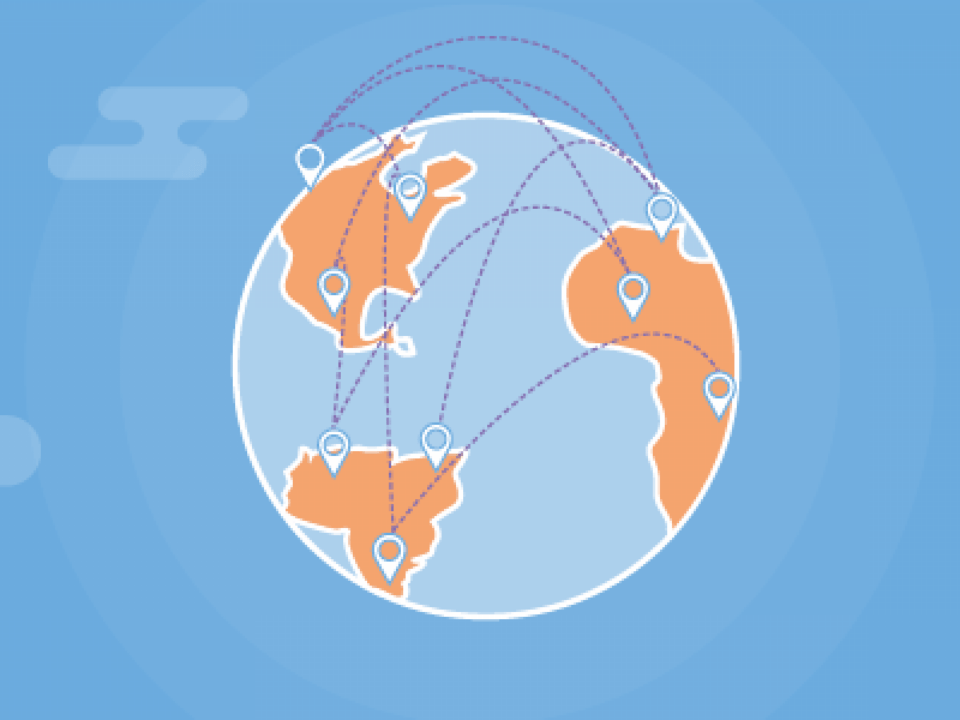
How Vendor Managed Inventory (VMI) Strengthens Supply Chain Resilience and Collaboration
To optimize inventory management, retailers and suppliers are increasingly turning to Vendor Managed Inventory (VMI) tools that transfer the responsibility…
Generix Ushers in a New Era of Intelligent Commerce for Retailers with AI-Driven Innovation Read the press release

The Supply Chain has stepped into the collaborative platform era: an era that connects different stakeholders, platforms and applications mobilized throughout the distribution chain to create smooth-running operations, physical and information flows.
This trend gets all stakeholders in the value chain involved, from industries to logistics service providers (3PL/4PL) and distributors. Thus, in order to tackle logistics processes that are increasingly more complex, companies in the sector have extensively invested in collaborative platforms.
Various factors explain the driving force behind the collaborative platform revolution in the Supply Chain:
As a result of these new challenges, the digital transformation of companies has naturally become a strategic axis in the Supply Chain. Within this context, the platform revolution moves the traditional customer/supplier relationship towards a real collaborative approach— collaboration and pooling.
Watch: [Video] The collaborative transformation of the Supply Chain
Collaboration, today an essential step in the digital transformation of your company, has become vital if you expect to compete with increasingly more dynamic and connected competitors. Through this transformation, the design of the Supply Chain must be revisited: we can no longer work separate from our collaborators; rather we must create a real convergence by merging the processes. All this with increased productivity, agility, efficiency and a new customer experience in mind.
Using a collaborative platform offers you many opportunities for development:
Broadening the horizon of your partners is beneficial for all parties involved in the collaborative platform, from vendors and distributors down to customers.
Further reading: Optimize your omni-channel sales process with an OMS
To provide a targeted solution to the challenges of the platform revolution in the Supply Chain sector, Generix Group has developed a complete and custom collaborative platform, which was released on February 15, 2018: Generix Supply Chain Hub. This tool has business functions that are divided into 3 areas of expertise:
Accessible from a Generix Collaborative Network, the Generix Group Hub offers an integral set of solutions (WMS, TMS, EDI…) and features classified according to industry type and shared on the open network. Goal: cover the entire Supply Chain process and offer a continuous overview of the information in the ecosystem comprised of the company and its partners.
Further reading: WMS: 5 best practices for successful integration
The collaborative platform incorporates data integration and transformation fields but also the execution of physical flows, storage (supply, transport, warehouse management), collaboration and visibility of all stakeholders in every step of the Supply Chain. Deployed in the form of functional bricks, the Supply Chain Hub gives your company the freedom to subscribe only to the services it really needs, at the time it needs them and to adjust your consumption without having to worry about fluctuations in volumes. In short, a customized platform that changes with you to give you added flexibility.
Accessible to all stakeholders in the value chain, the “Hub” welcomes you to Generix’s vast collaborative network. Thanks to the interoperability of the solution, 50,000 companies located in 50 countries are already connected, which amounts to 250,000 users and over 10 million transactions. To facilitate the connections among these thousands of users, Generix’s collaborative platform is based on international exchange standards and a catalog of APIs and connectors. Plenty of resources for you to expand your horizons.

To optimize inventory management, retailers and suppliers are increasingly turning to Vendor Managed Inventory (VMI) tools that transfer the responsibility…

In an ever-evolving logistics environment, agile and precise warehouse resource management is essential to remain competitive. With increasing volumes driven…

France’s electronic invoicing reform relies on a Y-architecture, where Partner Dematerialization Providers (PDPs) play a central role in issuing and…

Work with our team to build your ideal supply chain software stack and tailor it to your unique business needs.